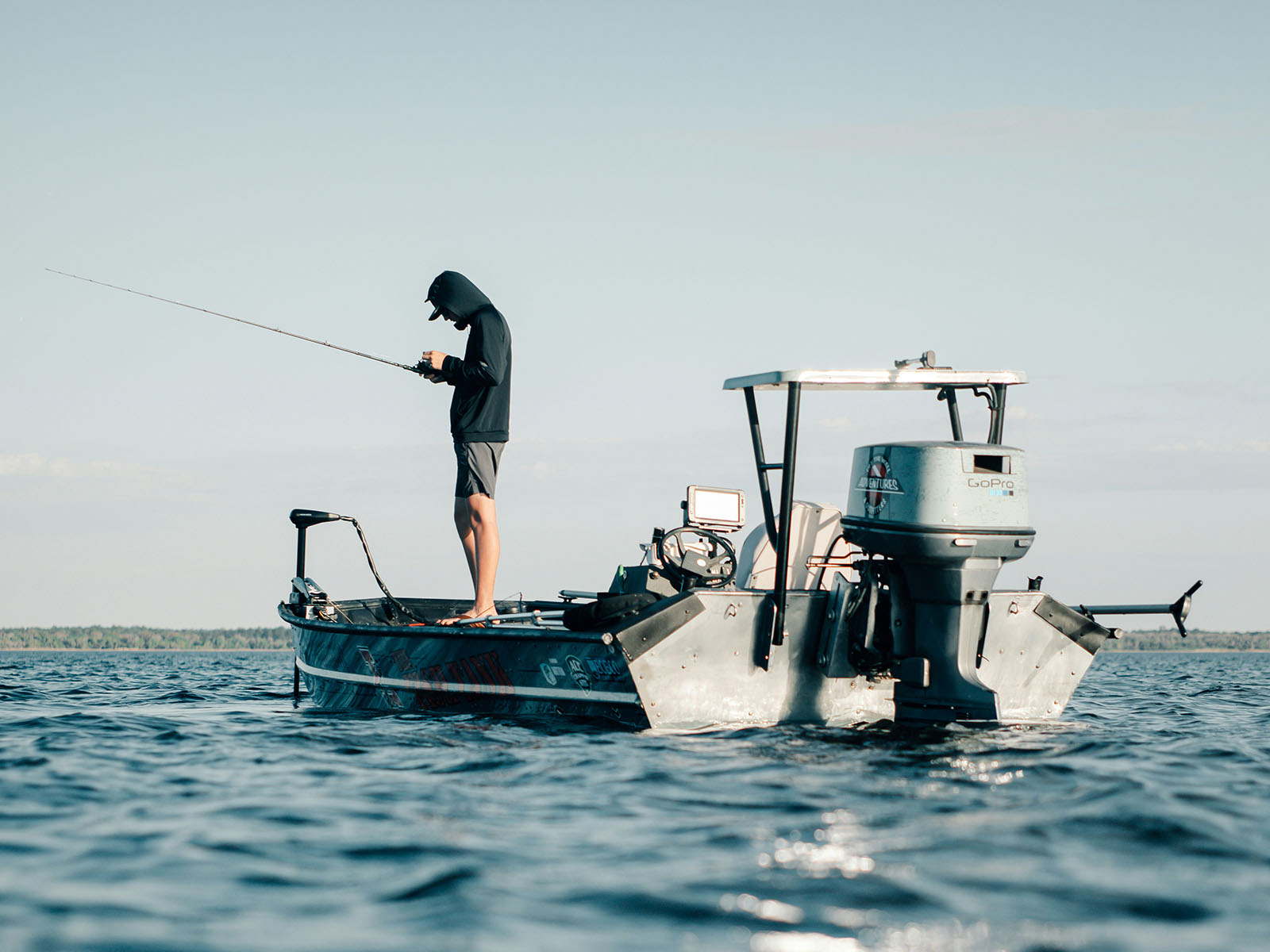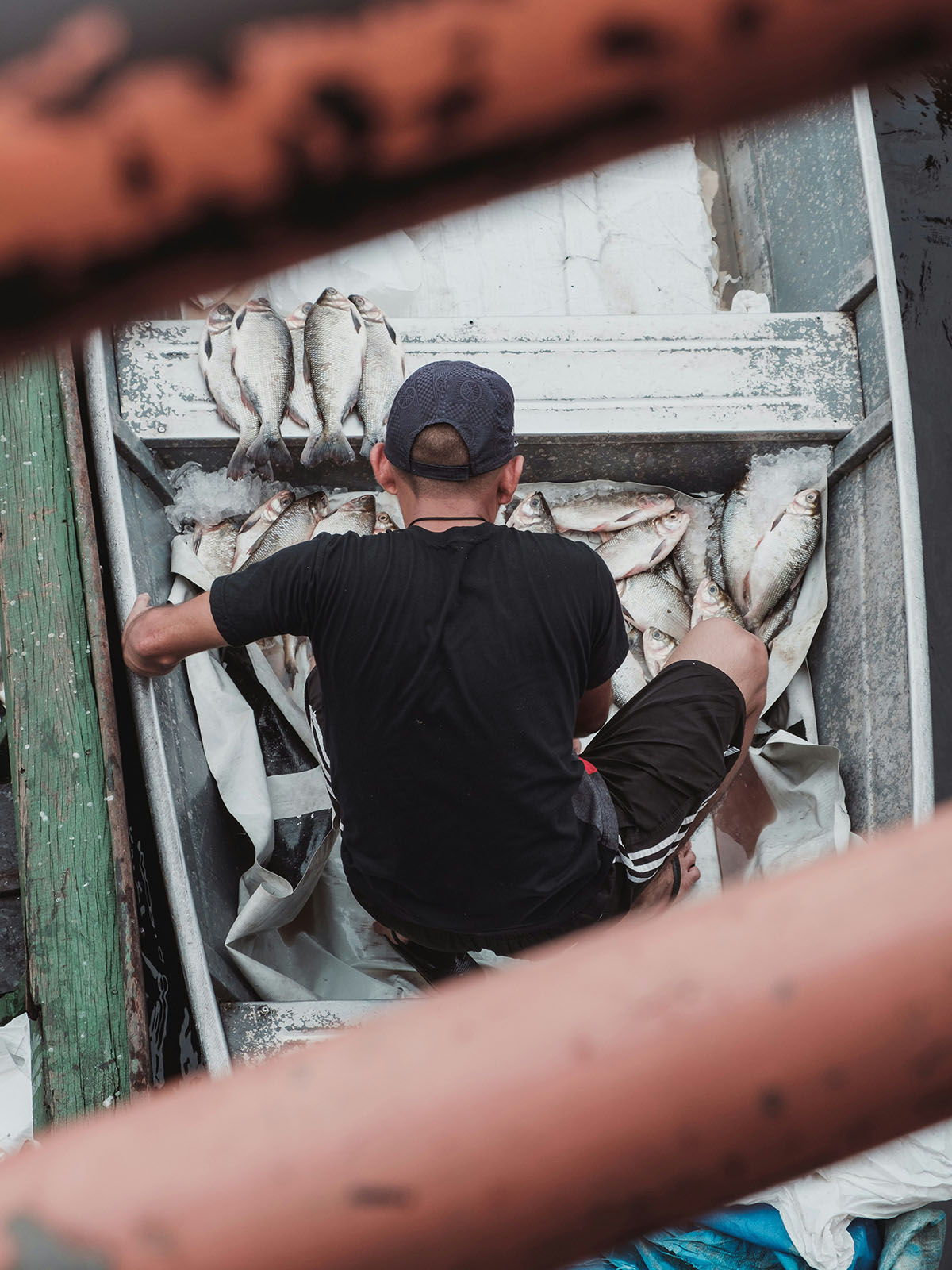“Let’s go fishing!” (Okay, but with which technique?)
"Let's go fishing!" (OK, but with what technique?)
In our previous issue, we explored the fundamentals of boat fishing, detailing the essential knowledge, skills, and tools necessary for a fruitful fishing excursion. Now, we delve into the realm of expertise: fishing techniques. Below, we present the most favored fishing techniques utilized in boat fishing within our country.
Timur Mert Işık, Demre Marina Technical Services Manager
Live Bait Hunting: This method is based on the principle of fishing using the fish's natural prey. For example, when targeting sculpin, little tuna and trevally are the most productive live bait. Live squid, cuttlefish, and molluscs such as octopus are the best choice for catches such as cynarid, trancha and rock groupers. Live bait is usually caught from the fishing ground (pasture) and creates a live target that resembles the fish's natural food source.
Fish usually travel at certain depths or shallow waters in search of food sources. Therefore, in live bait fishing, the depth at which the fish are found, and the area fished are important. Sea charts and fish finders can help to identify suitable fishing areas.
The main trick of this fishing technique is to keep the bait alive for as long as possible. The fishponds on the boat are the best equipment to keep the live bait caught very early in the morning alive until it reaches the right pasture. Another point is to lower the live bait as slowly as possible, especially in deep waters. In this way, while the bait is lowered to the desired depth, it is affected by the pressure change more slowly and remains active for longer.

Jigging Method: Jigging, which is widely used in our country, is done with specially designed metal or silicone baits (jigs). The aim is to catch bottom fish that cannot be caught with known methods by tricking them with artificial baits. This technique is also called "vertical jigging" in boat fishing.
A jig is a type of artificial lure made of colored and shiny material, usually containing weights such as lead or tungsten. These lures create an illusion of movement, rippling and glowing underwater.
Jigging also has different styles. These styles are known as yo-yo jigging, butterfly jigging and slow-pitch jigging. Each style is effective with a different species of fish and in different water conditions.
Choosing the right weight for jigging is very important. The weight of the jig also depends on the depth of the fish and the targeted fish species. The choice of color also depends on environmental factors and fish preferences. For example, when using light tackle (jigs in the range of 10-50 grams), the target fish will be relatively smaller fish such as mackerel, mackerel, bonito, summer flounder, tuna, tral. However, when applying this method in current waters (100-150 meters), heavier tackle and jigs weighing 200-300 grams should be preferred.

Trolling Method: Trolling is fishing by pulling a "fake bait" from the back of a moving boat. It is a technique that is generally effective on the shorelines parallel to the shore. It is applied by using model fish called rapala or similar fake baits. While applying this technique, the constant movement of the boat increases the likelihood of encountering traveling schools of fish. The most important fish species targeted by using this method in the waters of our country are bluefish, bonito and little tuna.
When fishing on the surface with trolling method, the average boat speed varies between 2 and 4 knots. The main factor determining boat speed is the speed of the target fish. Our cruising speed will be relatively high when it comes to the fastest fish species in our seas, such as bonito and summer flounder.
As we draw the curtains on our series of articles unveiling the intricacies of boat fishing, let us not overlook a crucial matter. To ensure the enduring enjoyment of fishing and to pass down this unparalleled experience to generations to come, let us consistently uphold environmental sensitivity. Let's adhere to the boundaries and regulations with a consciousness of sustainable fishing practices and a commitment to safeguarding the marine ecosystem. May it be both our pleasure and responsibility to preserve our seas for environmental sustainability and the sustenance of fish populations.
Then... Godspeed!
Photographs: Vidar Nordli Matihsen, Taylor Daugherty, Paulo Mateus Oliveira Guerra (Unsplash)


